Overview Presentation
Historical Background
In XVI - XVII centuries a unique system of fortifications of the new frontiers of Moscow state called the Belgorod-Simbirsk defense line was built to defend against the raids by nomads of the Wild field.
Maximum use of natural geographical features of the terrain (hills, swamps, forests, rivers) was made during construction.
Natural relief together with rational distribution of defense centers made it possible to organize the defense with relatively small forces.
At the areas, where natural obstacles were not present, artificial engineering obstacles were constructed: abatis, ditches, ramparts, palisades, dragon's teeth. Defense nodes (outposts) of the Defense line were wooden forts (fortresses). Tambov became one of these fortresses.
Tambov fortress together with Kozlov (now Michurinsk), which was built around the same time, are located at the junction of the two parts of the Defense line. Division into the Belgorod and Simbirsk parts was done for the convenience of their management.
The location of the city is not so favorable from the point of view of its development. Tsna and Studenets rivers, at the confluence of which Tambov is built, are unsuitable for navigation. It is worth mentioning that rivers are natural commercial arteries of the country and most of the major cities are located along the river banks. But, in terms of protection of the southern borders of the Moscow state, the location of the city is not quite reasonable. The fortress was laid on a hill at the confluence of theTsna and Studenets rivers among the forests and swamps on the Holy Easter (April 17) 1636. The construction site of the new fort was chosen by the governor and the royal stolnik Roman Bobarykin on his own and was different from the previously planned. It was planned to build a fortress on the site to south, at the place of the ancient Mordovian settlement. Residents left these areas at the XIII сentury during the Mongol invasion, but the name - Tonbov – was still kept even 300 years later. But, as mentioned above, the governor has changed the location of the new fortress, while keeping the ancient name - Tonbov.
Construction took place in the face of constant attacks of nomads, who came under the walls of the fortress almost daily. After a subsequent attack was repulsed, the defenders took up their axes again to go on with construction. The fortress was built extremely quickly and by the holiday of the Holy Protection the fortress was mostly built and consecrated.
Reconstruction
Not much information has remained about the look of the Tambov fortress in the XVII century. We know the number of towers, gates, wall height, however, this is not enough to imagine the appearance of a fortress. In our reconstruction we were guided by the knowledge of similar fortresses of the Defense line of the XVI - XVII centuries, geographical features of the area, as well as the military theory of the time.
Based on this information, it is possible to obtain the representation of the fortress with reasonable certainty. This was done in our virtual museum.
Let's give some details about some of the exhibits of our virtual museum.
City walls
Lath fence - the simplest type of fortification. The fort was surrounded by the lath fence and represented pale fencing made of tightly fitted logs dug into the ground with pointed tops.
However, the high fences, (it reached 6 meters in Tambov) require additional fasteners. In order to strengthen the fence, the second row of logs was used, which were also dug into the ground and tightened with the first row.
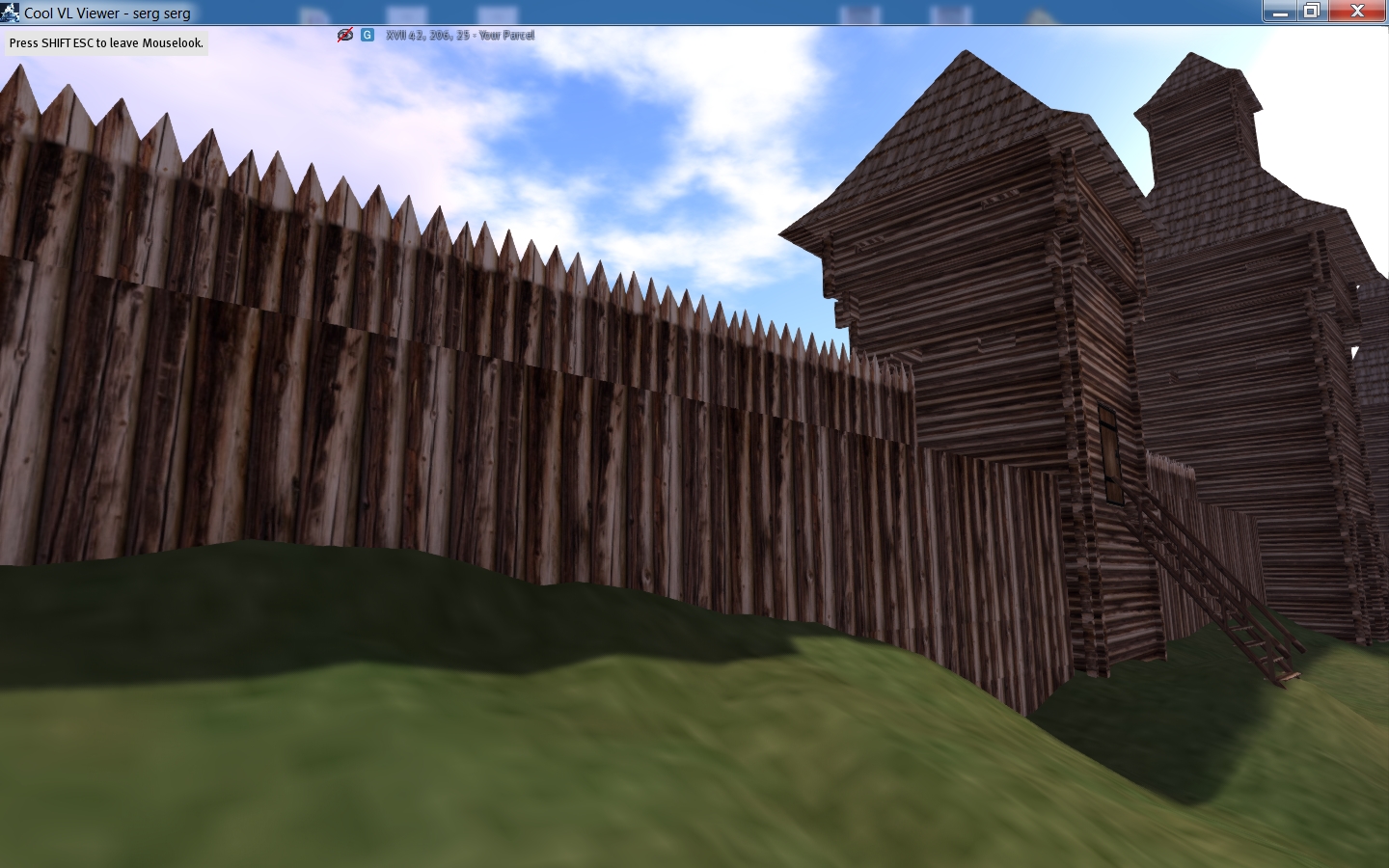
Fig. 1 Part of the lath fence
Generally the inside of the fortress fence is supported by a small embankment.
Racking platforms and trestle stands were also used as raker piles along the walls inside the fortress. Racking platforms were simple in design and made it easy to perform "upper battle" - shooting over the lath fence.

Fig. 2 Racking platforms - fighting ground along the lath fence wall
on the inside of the fortress
There is one drawback of the wooden wall - its short life duration. The log poles dug into the ground, became rotten after some time, and the wall lost its strength. In order to slow down the process of destruction, inclined raker piles were used to support the walls. However, such raker piles were placed at the time of construction in the most important areas of the wall. Sometimes the sharp end of the raker piles jutted out and were called "needles."

Fig. 3 Raker piles of the fortress walls
However, lath fence walls you could not resist firearms, especially artillery. Therefore, in the XVI - XVII centuries new elements or “gorodinia” and “tarasa” were introduced into the wooden architecture. They were two-storied structures made of logs. “Gorodnias” are individual log structures set close to each other. This method of wall construction had a significant drawback - individual log structures, set on different soils, could give different sediment, leading to curvature of the walls and reduction of its strength. In addition, the places of their connection to each other were subjected to a greater degree of exposure to atmospheric moisture, and log structures could get rotten that did not contribute to the strength of the walls.
This disadvantage was absent in the wall, done with “tarasas”. “Tarasa” – is a cell of the wall between the two transverse walls. In other words, the wall, done with “tarasas”, represents a solid wooden structure, stronger than “gorodnia”.
The width of such walls was 1.5 - 2 fathoms. The ground floor could be partially filled with the soil with stones for durability, but usually, in addition, there were also passages with doors for the defenders. A characteristic feature of such a wall was the possibility of the upper and lower fighting. To do this, the loopholes were cut in the log structure cells. As mentioned above, in the case of lath fences, the fire could be only conducted over the fence.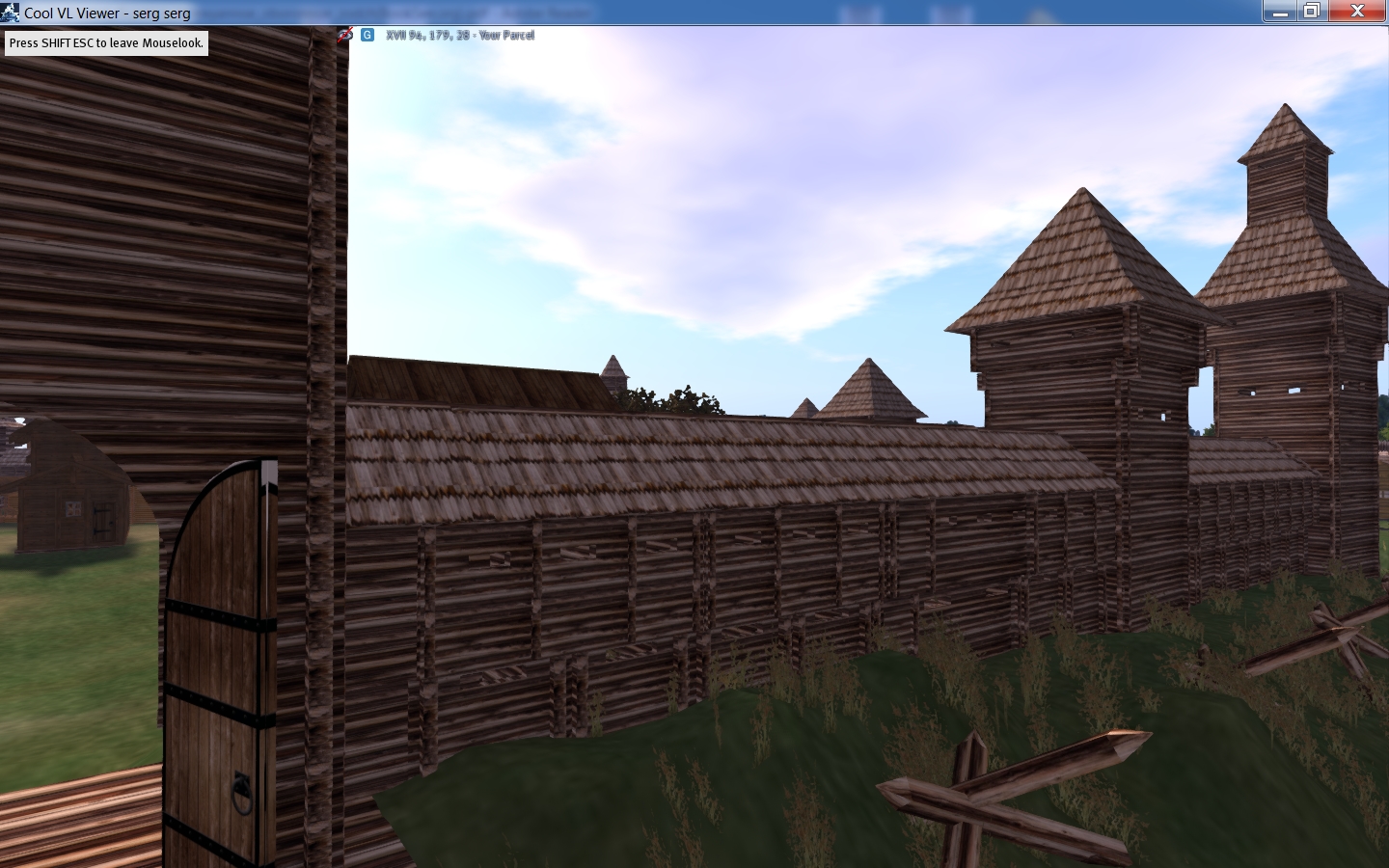

Fig. 4 Citywalls. “Tarasas”.
Towers
The fortress towers of the city varied in height, form and by functional purposes. Most of the time the fortress towers were built quadrangular as the most simple structures. Multifaceted towers "hexagons" or "octagons" are less common and were mainly used to be passed through. Unfortunately, reliable data on the towers Tambov was almost lost, so in our reconstruction, we were guided by the following considerations. Quadrangular tower is most simple structure and at the same time it is quite functional in terms of defense of the fortress. Therefore, since the city was built under the constant threat of the nomads, there is a high possibility that these particular types of towers were built. Moreover, the fortress generally had straight walls that were connected at the right angles, which also indicates the preferential use of quadrangular towers. Multifaceted tower were used in places where the wall, repeating the terrain, turned at an angle other than straight. In terms of defense abilities multi-faceted tower had some advantage over quadrangular towers, creating a more favorable area of firing the enemy from the protruding parts.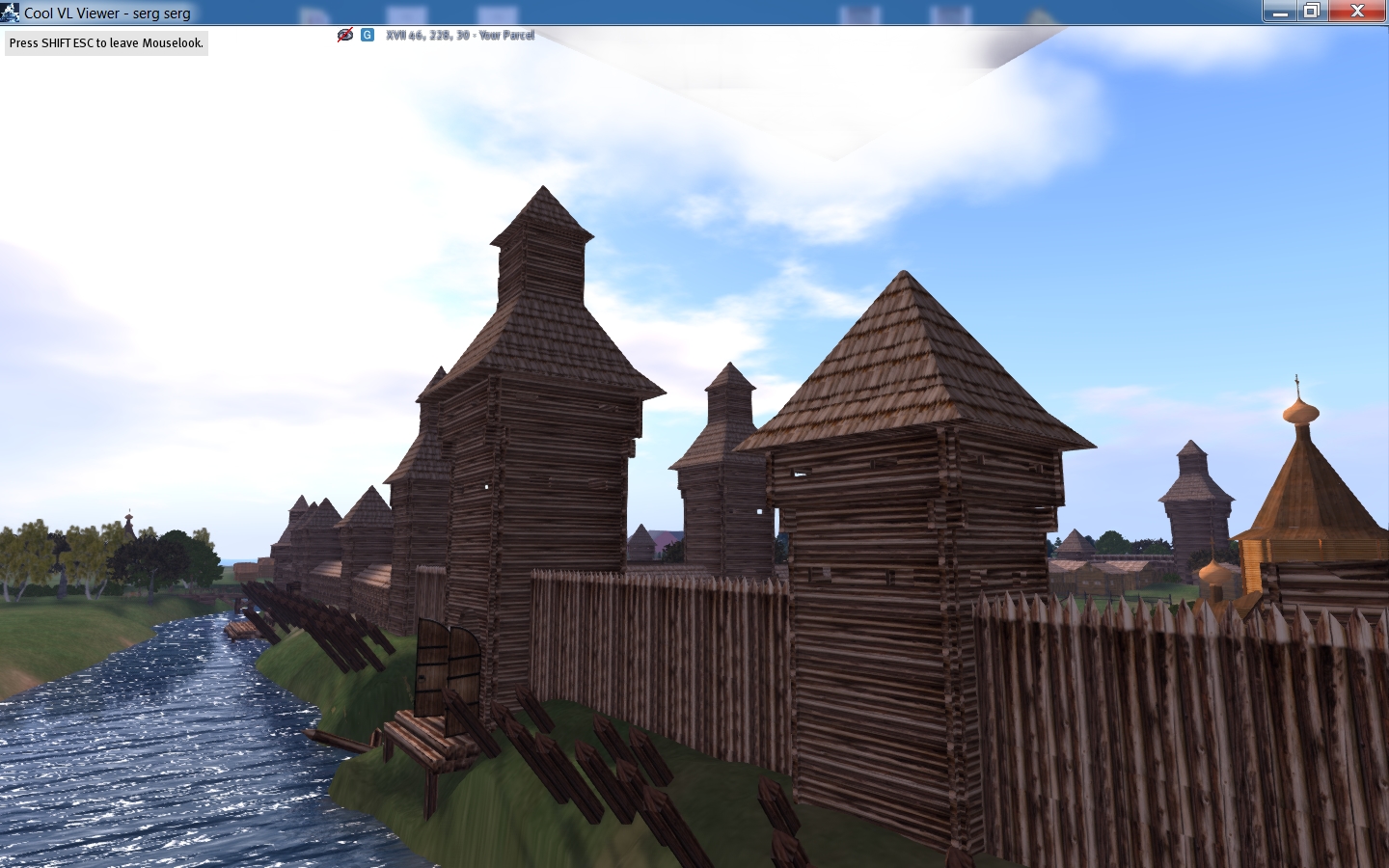

Fig. 5. CityTowers
Methods of towers construction could be different: square notch and saddle notch. No information on this issue was found. In our reconstruction we used the saddle notch as a simpler and more common method. The towers were usually stacked. The top tier, especially in the corners and gate towers contained watchtowers. Towers were made from the bars and had windows facing different directions. Apart from the purely military functions, these towers also had an economic value. Warehouses for various purposes were often located there, and also bell towers of the chapel could be located there (not in Tambov), as well as accommodation. In the latter case, the entrance to the tower was carried out by the outside stairs, as dwellings were usually not arranged at the bottom and the top tiers. In order to keep the heat, the premises were isolated from the rest layers with soil or clay. The access to the other tiers of the tower was carried out by the internal staircases.
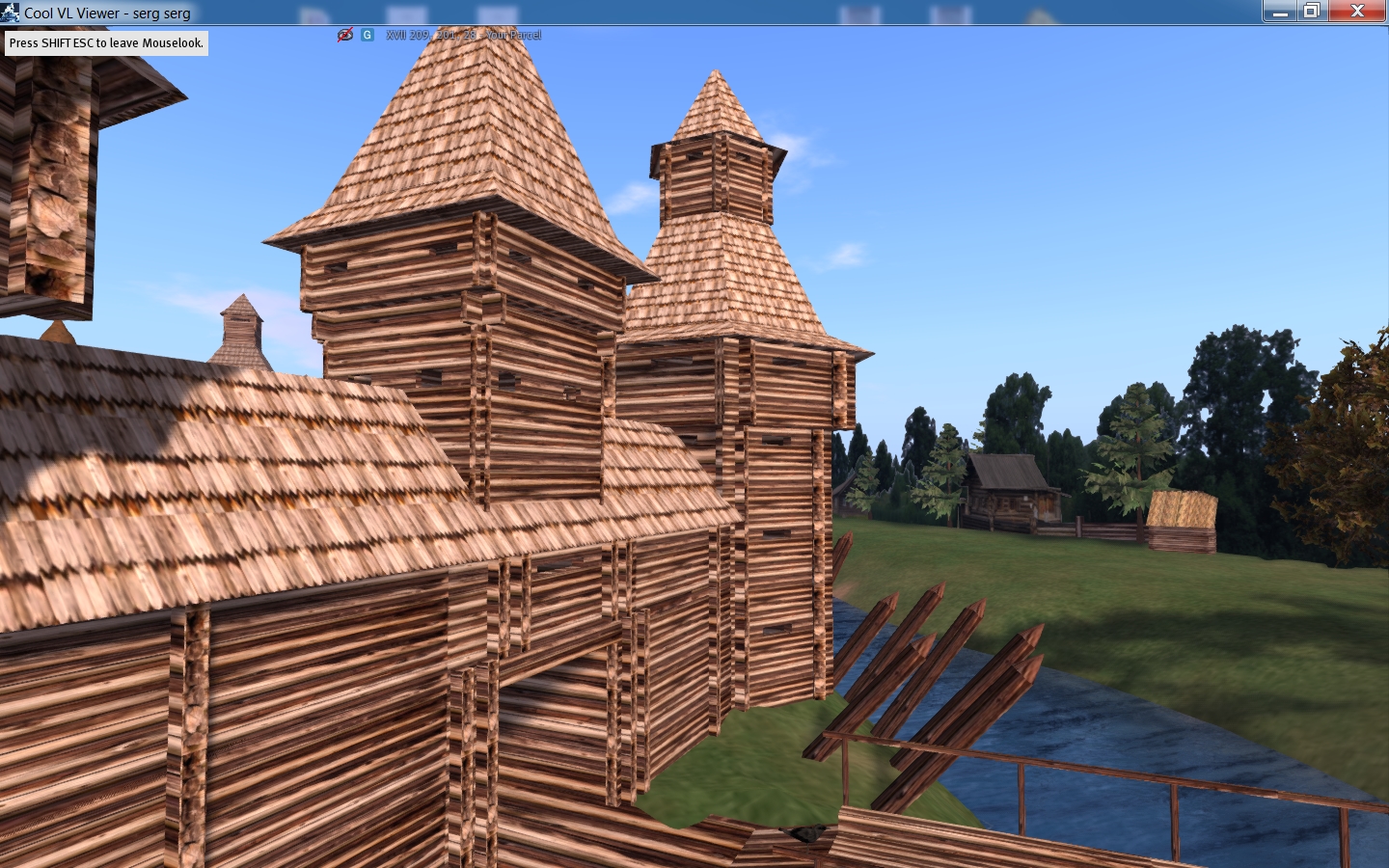
Fig. 6. Hexagonal tower
The most characteristic element of the timber walls and towers was an oblam. It was a small log cabin, mounted on the lower log frame. Its walls were at the distance of 15-20 cm from the bottom log frame, thus forming a gap designed to defeat the enemy, who has approached closely to the walls. Oblam was installed only on one side, facing the enemy, and for the towers around the perimeter. Oblams contained loopholes of various sizes depending on the purpose: to fight with arquebuses or canons. The loopholes are uniformly arranged on the tiers of walls and towers.
An important element in the functioning of the fortress towers were all kinds of locking devices. Their reliability determined the ability of resistance of the tower defenders in the case of enemy breaking into the fortress.
Engineering barriers
In addition to the walls and towers protective functions were also performed by such engineering structures as ditches, stockades, dragon's teeth, caltrops. In Tambov the ditches were dug around the perimeter of the fortress’s part, which was called the city. Part of the ditch ran along the old ravine, which facilitated its construction. The banks of ditches and rivers were fortified by the dragon’s teeth, which at that time represented sharpened wooden stakes dug into the ground at an angle and wooden caltrops. Wooden caltrop - is a construction of several (usually three) interconnected tree trunks, usually also pointed at the ends. Caltrops and the dragon's teeth were used in field battles to protect against cavalry because of their simplicity and ease of manufacturing. In the defense system of the fortress, these elements made it difficult for the enemy to approach the city walls directly and prevented installation of scaling ladders, etc. Together with these, iron caltrops were also used. They represented several small star-sharp steel pins pointing in opposite directions. If it is thrown on the ground, one spike will always be pointing up, and the remaining will support it. Caltrops were scattered in large numbers in front of the walls and blocked an attack.
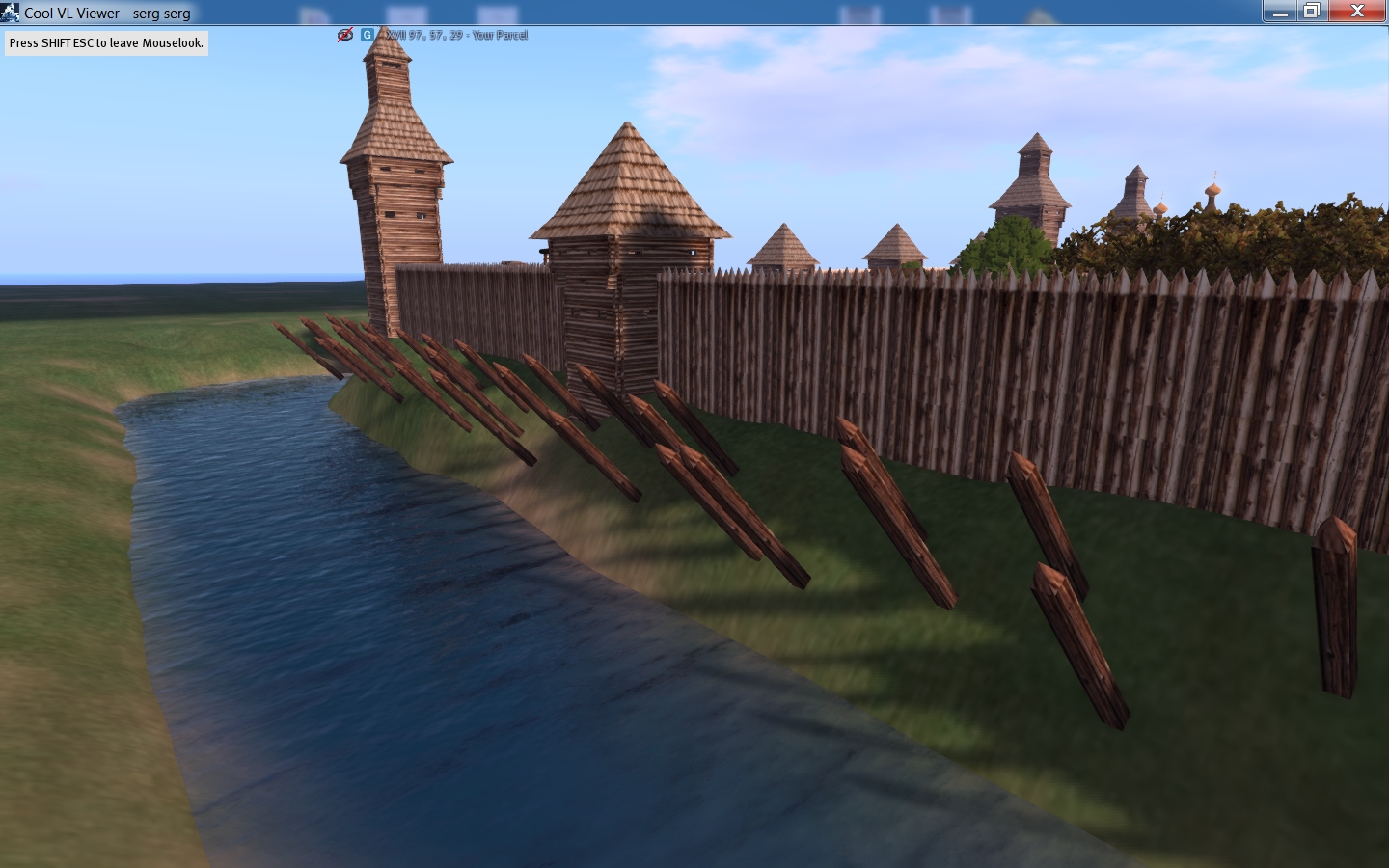
Fig. 7. Stockades, wooden poles dug into the ground in rows in the certain order
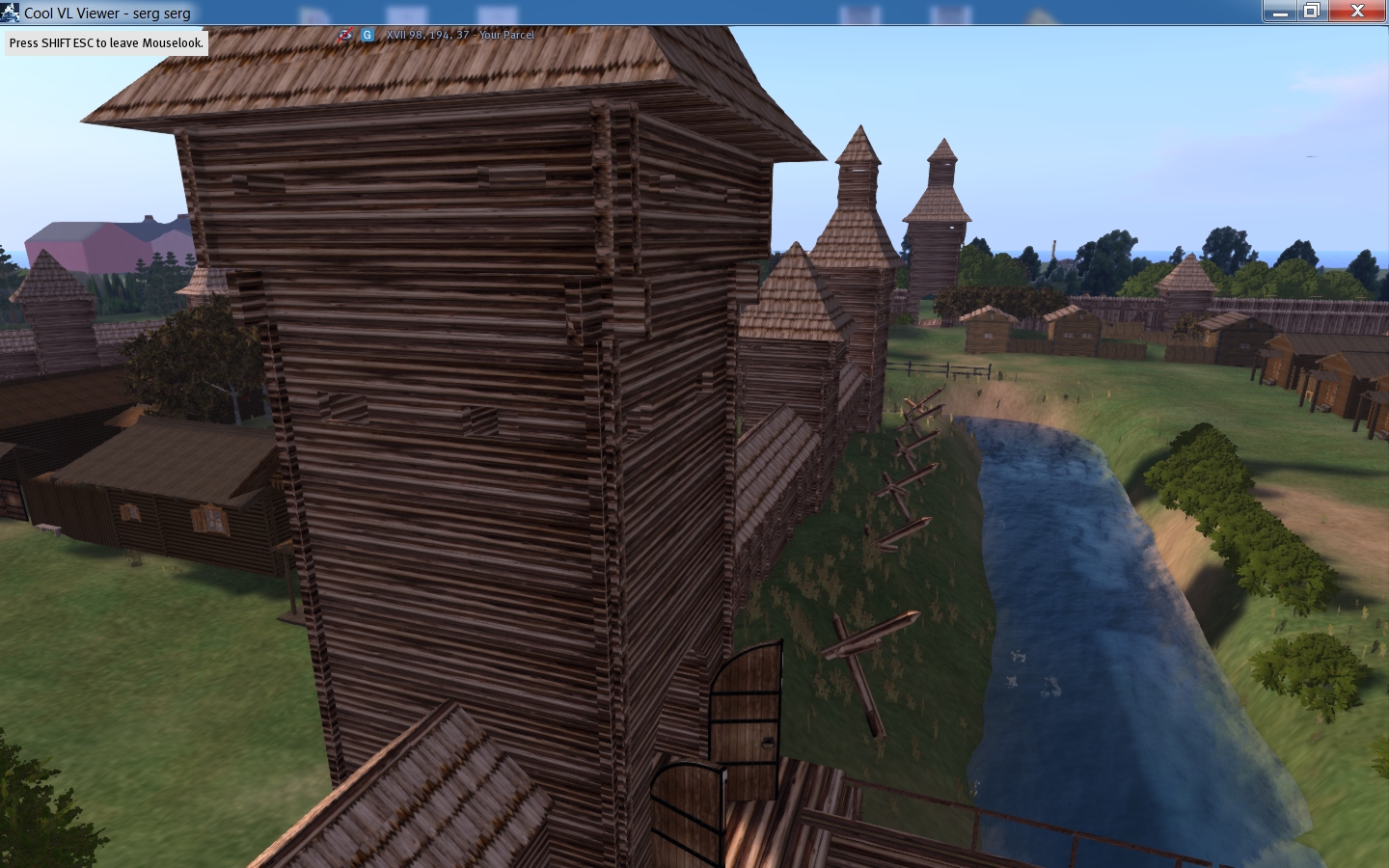
Fig. 8. Ditch. Wooden caltrops.
Fortress Artillery
Artillery canons in the fortresses of the XVII century were installed in the towers and on special stands. The guns mounted in the fortress towers had a relatively small area of fire. Also, due to the closeness, it was more difficult to service the canons and risk of fire increased. These deficiencies were not present at the open stands. It could be a log platform for canons on the fortress wall, as well as a platform or an embankment behind the fortress walls. The size and location of such sites allowed changing the direction of the fire along the front and in depth.

Fig. 9. Artillery stand.




